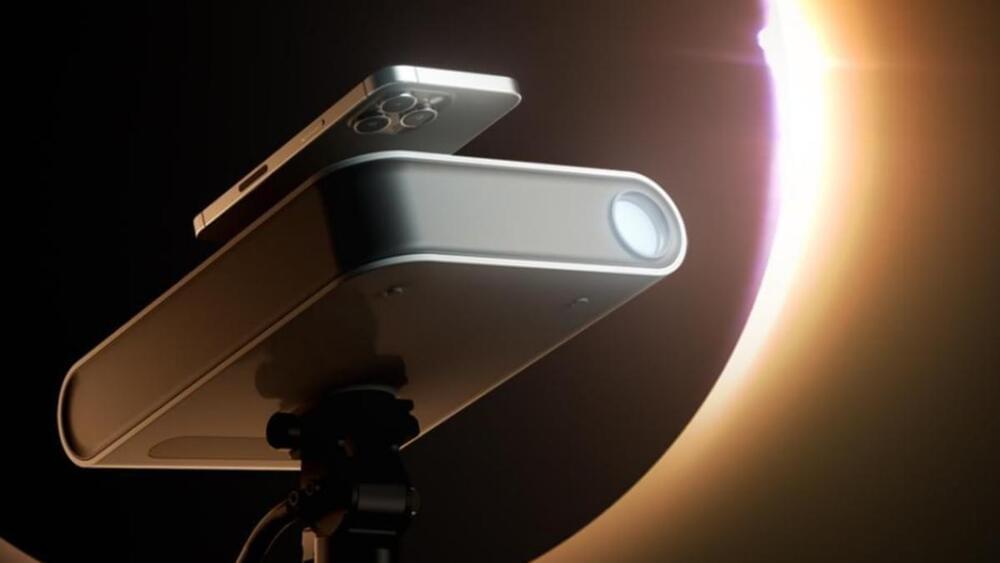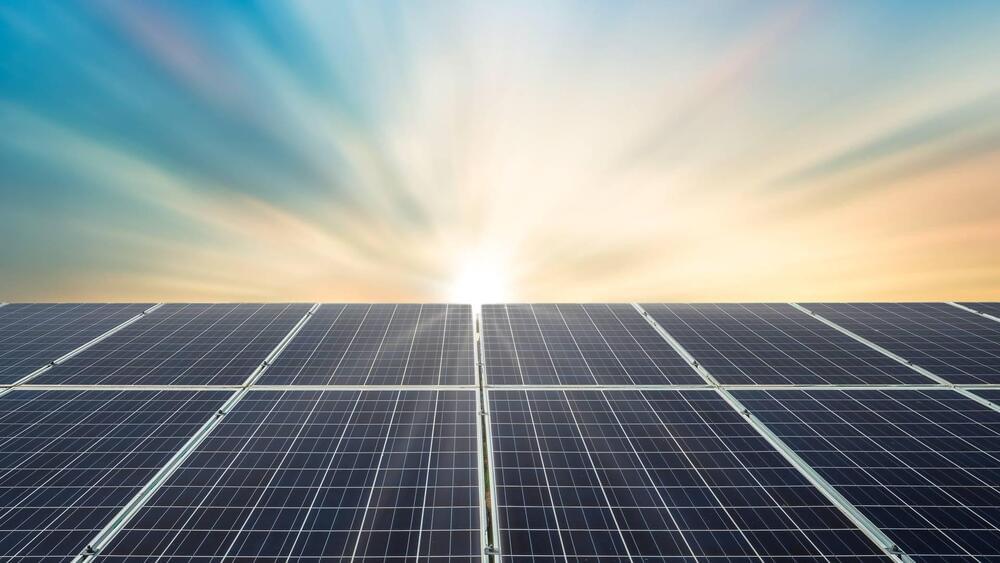The company calls it the iPhone of bots as development partners will further applications of this humanoid robot.
Texas-based Apptronik unveiled its first commercial humanoid robot designed to complement the industrial workforce by doing repetitive tasks that humans do not want to do, a press release said. The bot is pocket-friendly and aims to be interaction friendly, making it easier to work alongside humans even in some of the toughest environments, a definite competitor for Tesla’s humanoid bot Optimus.
The use of robotics in industrial workspaces is inevitable, and companies such as Amazon have already deployed them in large numbers to increase the efficiency of their operations. A … More.
Apptronik/X
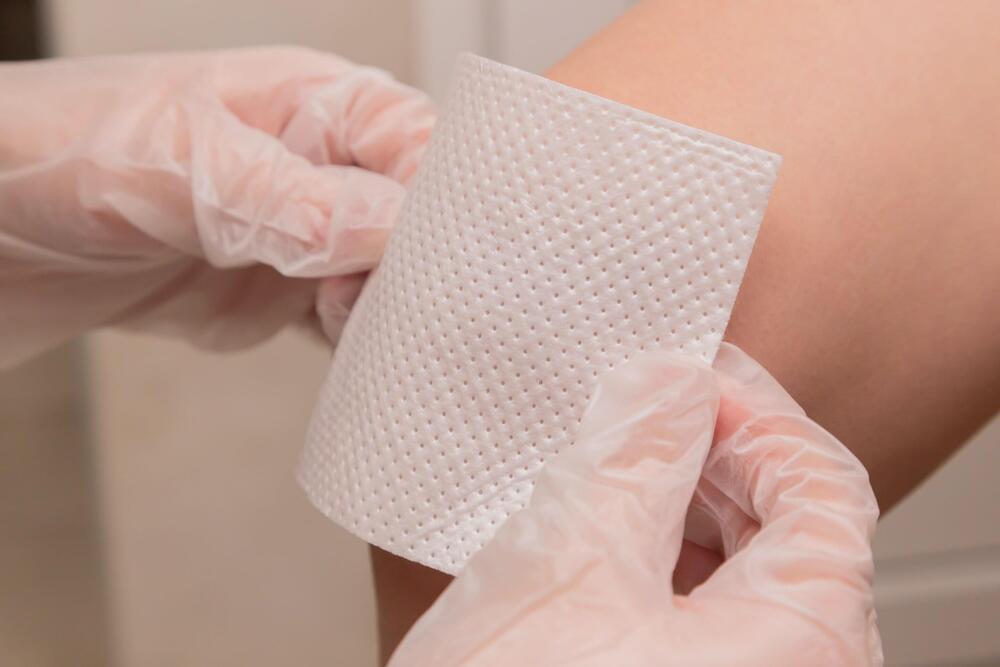
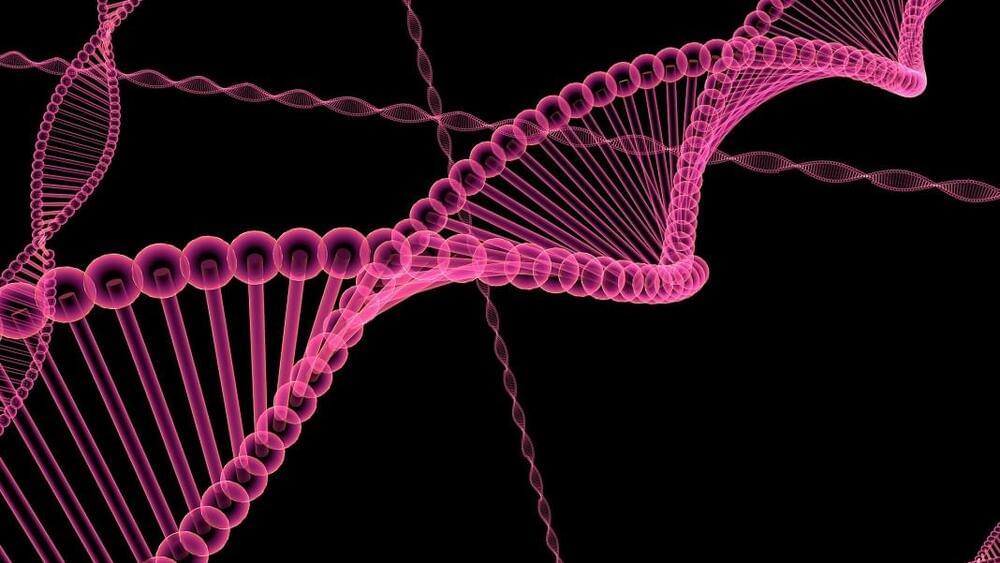


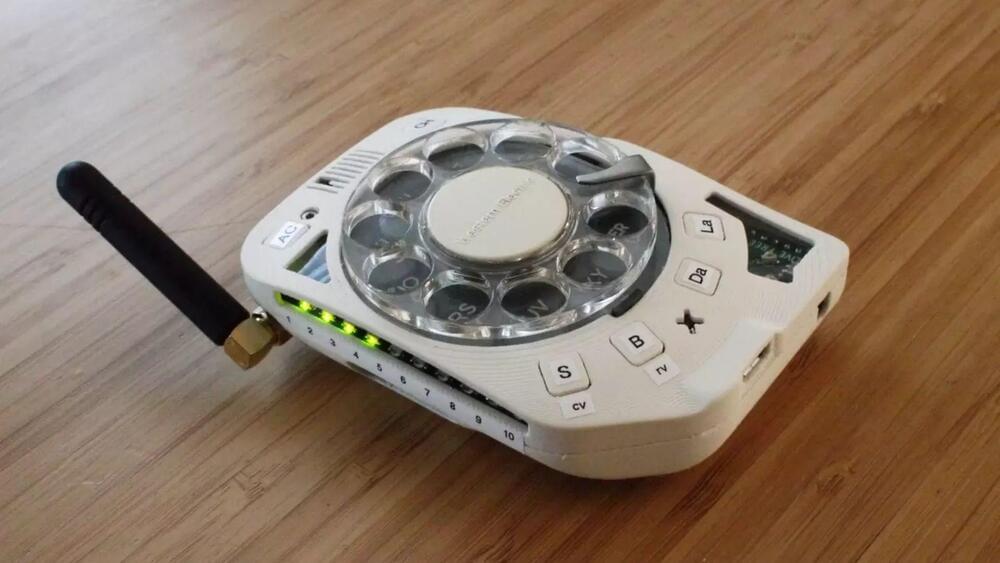

 עברית (Hebrew)
עברית (Hebrew)